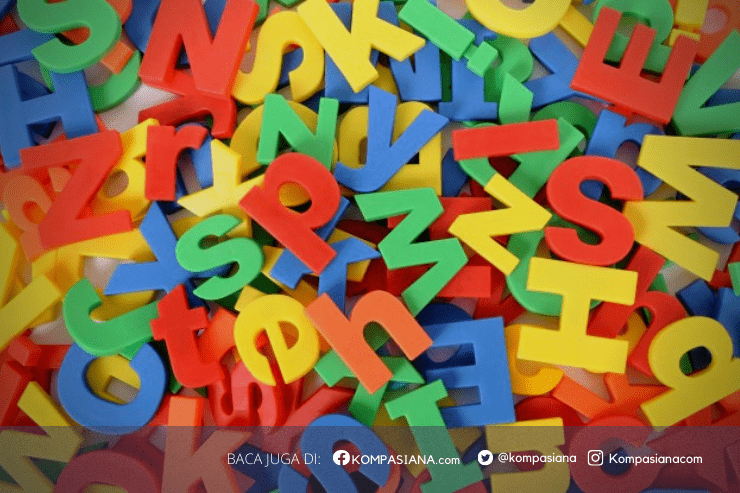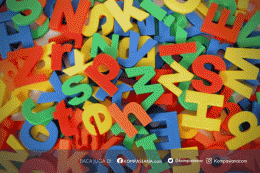The Emoji That Ended a Deal
There were many stories about someone who made a deal. For example, a corporate lawyer, let's call him Bima, was finalizing a complex intellectual property deal between his firm in Mumbai and a design studio in Copenhagen. The negotiations were tense but professional, conducted entirely over email and chat apps. After securing a critical concession from the Danish team, Bima sent a final message: "Excellent result. We agree to the terms. See you next week!" He added a thumbs-up emoji.
Bima, like most people in his generation, used the thumbs-up as a universal sign of agreement, positivity, and congratulations.
The Danish CEO, however, felt a chill. In many professional Western contexts, the thumbs-up, especially in a formal contract negotiation, is considered childish, passive-aggressive, or at best, patronizing. It felt to her like a dismissal rather than a collaboration. She called her legal team, wondering if the Indian firm was taking the deal seriously.
This small, pixelated image highlights a massive, often-ignored challenge of our time: The digital age has accelerated cross-cultural communication to warp speed, but it has simultaneously introduced new layers of misinterpretation rooted not just in language, but in digital cultural norms.
The Flattening of Context: Why Digital Communication Is Tricky
Globalization has been the engine pulling us closer, but digital media---from email and Slack to Instagram and TikTok---is the superhighway we now travel on. While these tools allow instant global connection, they often strip away the crucial cultural context necessary for true understanding.
Think back to the concept of High-Context vs. Low-Context cultures. In a High-Context culture (where meaning relies heavily on tone, setting, and non-verbal cues), a bare-bones text message is a nightmare.
Before digital media, if a Japanese executive wanted to suggest disapproval, they might do so through a subtle shift in posture, a brief silence, or an indirect phrase delivered in person. The listener, immersed in that culture, would instantly read the context.
Now, all we get is a Slack message. We lose:
Tone of Voice: Sarcasm, sincerity, and seriousness are often indistinguishable without voice inflection.
Body Language: There are no facial cues to signal discomfort or agreement.
Physical Setting: The shared environment that often reinforces formality or informality is gone.
This forces High-Context communicators to rely on the Low-Context medium, often leading to messages that seem either too vague or, conversely, artificially blunt as they overcompensate for the lack of non-verbal cues (Hall, 1976).
The Emoji Minefield and The Rise of Digital Subcultures
The most fascinating new area of conflict is the explosion of non-verbal digital cues, particularly emojis. As Bima discovered, these little icons are far from universal.
The "Waving Hand" emoji is used to say "hello" or "goodbye" globally, but in some professional circles, it's seen as overly informal, almost childish.
The "Clapping Hands" emoji is generally positive, yet in certain Asian cultures, it can be interpreted as disruptive or attention-seeking when used excessively.
Even the innocuous "Smiling Face with Open Mouth" can be interpreted as a polite, distant smile in some Asian digital communities, where a more exuberant face (like the "Laughing Face" emoji) is needed to signal genuine joy.
These conflicting interpretations demonstrate the birth of digital subcultures---distinct groups (often spanning geographical borders but united by age or platform) that develop their own lexicon of symbols and speed-of-light abbreviations. A Generation Z user on TikTok in London might communicate perfectly with a Gen Z user on TikTok in Rio, while both struggle to communicate with their Gen X managers down the hall.
This also fuels the problem of cultural appropriation and digital stereotyping. Memes, which are highly context-dependent, often rely on and spread simplified, sometimes harmful, stereotypes about particular national or ethnic groups, circulating globally in seconds before any meaningful correction can take place (Baym, 2015).
The Double-Edged Sword: When Digital Bridges Gaps
However, digital media is not simply a communication destroyer; it is also a powerful bridge. It creates opportunities for empathy and learning that were impossible a generation ago.
1. Exposure and Desensitization: Constant exposure to diverse content (news, vlogs, documentaries) from around the world helps break down the "us vs. them" barrier. When a young person in Jakarta follows a content creator in Nigeria, they gain casual, frequent insight into daily life that traditional media often omitted. This familiarity can reduce anxiety and uncertainty---two major barriers to positive intercultural communication (Gudykunst, 2003).
2. The Ability to "Check" and Correct: Unlike face-to-face conversations where mistakes vanish instantly, digital media allows us to pause, review, and correct our understanding. We can use translation tools, google an ambiguous phrase, or politely ask for clarification in writing ("Could you explain what you meant by 'let's circle back'?") before reacting negatively.
3. Building Third Cultures: Digital platforms facilitate the creation of "Third Cultures"---new, shared systems of meaning built specifically by interacting partners. A long-term global team on Slack, for instance, might collectively agree that the emoji means "start work immediately" and the emoji means "take a five-minute break," creating their own localized, effective digital rules that transcend their original national norms.
Navigating the New Intercultural Imperative
The future of global work and connection lies in mastering this digital-cultural mix. We can't stop the flow of information, so we must learn to be better navigators.
To survive and thrive in this digitally diverse landscape, we must adopt a new mindset:
Assume Digital Ambiguity: Never assume that the emoji, the all-caps text, or the brevity of a message carries the same weight globally. When in doubt, add words, not just symbols. A quick "I'm excited about this!" is better than a solitary .
Learn the Platform's Culture: Recognize that the tone appropriate for a formal business email is likely very different from a message on LinkedIn, which is different again from a quick chat on WhatsApp. Each platform has its own evolving global-digital culture.
Be a Digital Observer: Actively notice how your international colleagues use digital language, abbreviations, and emojis. This simple act of observation---a form of cultural humility---is the best way to move from misinterpretation to connection.
Digital communication is a powerful flood---it connects us instantly, but can also sweep away meaning just as fast. Our job is to build stronger, more empathetic digital rafts to ensure that in our global feed, no one is truly lost in translation.
References
Baym, N. K. (2015). Personal Connections in the Digital Age. Polity Press. (Source for digital culture and social media's impact).
Gudykunst, W. B. (2003). Cross-Cultural and Intercultural Communication. SAGE Publications. (Source for general communication theories, including uncertainty reduction).
Hall, E. T. (1976). Beyond Culture. Anchor Books. (Source for High-Context
and Low-Context communication concepts).
Authors:
1. Bogi Wira Putranta (123221234)
2. Yuni Sari Amalia S.S., M.A., Ph.D
Follow Instagram @kompasianacom juga Tiktok @kompasiana biar nggak ketinggalan event seru komunitas dan tips dapat cuan dari Kompasiana. Baca juga cerita inspiratif langsung dari smartphone kamu dengan bergabung di WhatsApp Channel Kompasiana di SINI







